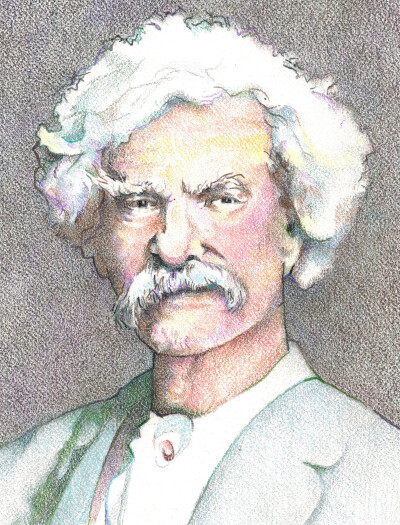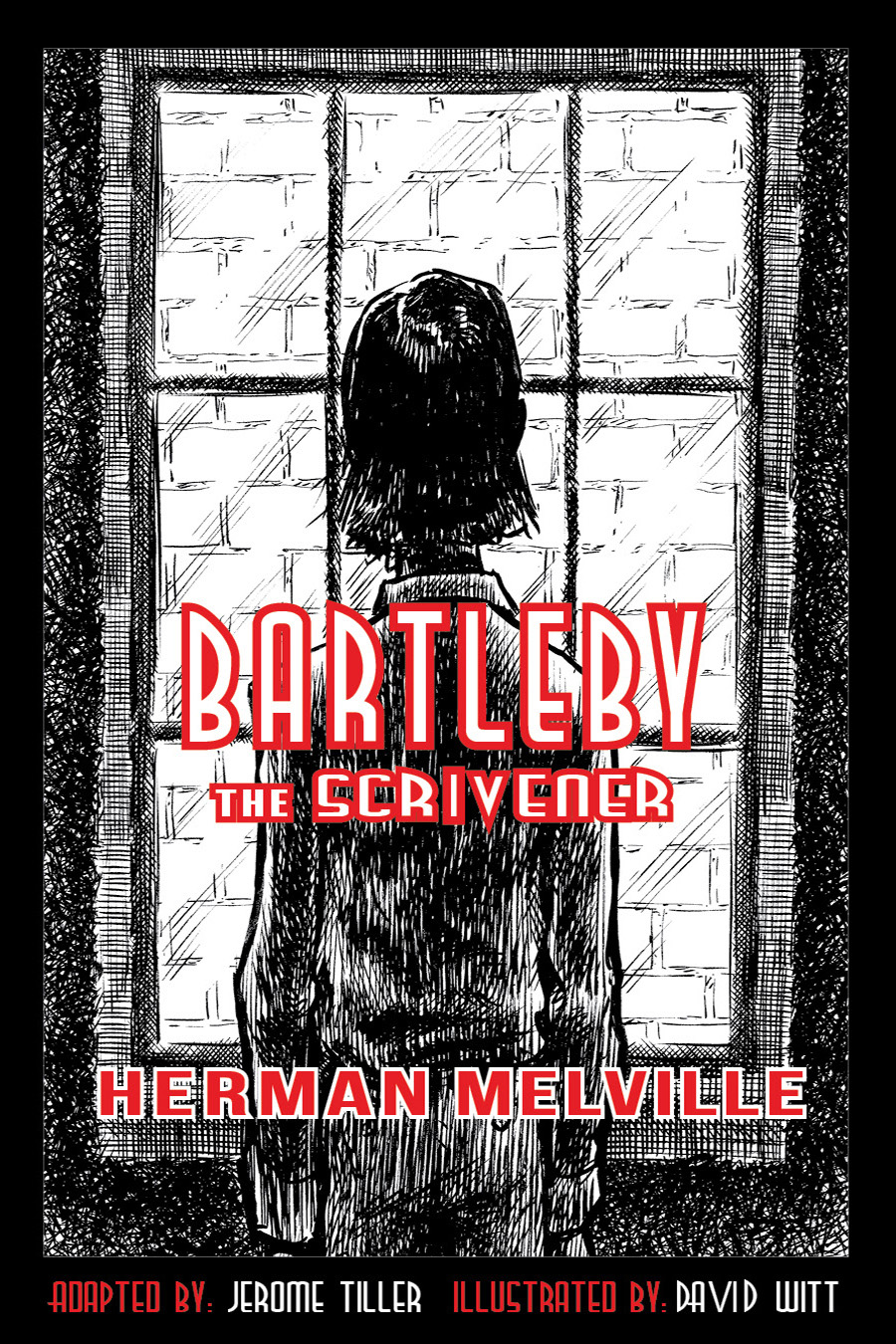blogpage
illustrated classic literature
Fans of Adam Redux - Reconsidering Eve
by Jerome Tiller
Fans of Adam might want us to reconsider Eve and apologize for our insults and the violent trip we suggested they take over a waterfall. In anticipation of their desires, we will.
Apologies first. Eve was concerned for reckless Adam’s safety. She pressured him to stop going over a waterfall. Like Eve, we are non-violent. So we retract our suggestion that Fans of Adam go over a waterfall in a barrel like Adam did. As far as we are concerned, jumping in a lake is usually safe, so we will stick with that suggestion. Go jump in the lake.
As for our insult, were you to object, you would probably be referring to the ‘big baby’ charge we leveled adaptedclassics.comst you. But if...
Midwest Book Review Recommends "Eve and Adam”
by Jerome Tiller
Midwest Book Review recommends “Mark Twain’s The Diaries of Eve and Adam”. You will find their review posted on the Literary Shelf in the October 2017 edition of their e-magazine. It is the first comment we have heard about our newly published book for middle-school readers. Thankfully, it’s a positive one. And we are thankful exactly six times over that Midwest Book Review likes all the books in our Adapted Classics collection of timeless stories for middle-school readers.
That someone finally commented on the book pleases us. However, the reviewer disappointed us by quoting Adam's downer observation about death as the example of Twain’s funny, positive story. The short excerpt the reviewer used does not reflect the tone of the story at...
Middle-Grade vs. Middle-School - A Difference in Terms
by Jerome Tiller
One might think, as I did, that ‘middle-grade’ means ‘middle-school’ and no difference exists between the terms. I discovered, only recently, that I was wrong. Book publishers define the middle-grade range as 8-12 years of age. They group one-third to one-half of the younger students in middle school (grades 6-8) with students in mid-to-late elementary school. Book publishers place the remaining group of older middle-school students with high schoolers in a category called ‘young-adult’. They define the young-adult age range as 13-18 years.
According to book trade companies that publish fiction, certain words and content topics define the two categories. Fiction books for ‘middle-grade’ readers shouldn’t contain profanity, graphic violence, or sexuality. All of this type of content would be allowable...
Middle School Students - Learning by Talking
by Jerome Tiller
When middle schools students discuss the meaning of literature under the direction and supervision of a teacher, they are learning by talking. Classroom discussions about the meaning of stories help middle school students develop new ideas, organize and clarify their thoughts, and express them verbally. Besides these lessons in mental and communication skills, classroom discussions about literature also help middle school students learn valuable life lessons. Quality literature can carry an abundance of such lessons.
The trouble is, most of the skills middle school students learn by talking about the meaning of literature cannot be quantified. Middle school students might develop their brains and learn life lessons when they talk about literature, but they merely internalize those benefits. No standardized test...
Illustrated Classic Literature for middle schoolers?
by Jerome Tiller
Can you imagine a parent rejecting the purchase or loan of a book of illustrated classic literature for their middle school reader because picture books are for little kids? You should be able to imagine this because it probably happens all the time. Major book publishers and booksellers have seen sales of illustrated books slump during the past couple of decades. They speculate parents are responsible for the decline in sales. They think parents point kids to chapter books early on because they want their kids to rapidly advance in school. And of course, eventually succeed as adults in a highly competitive world. Might these parents then reject illustrated literature and prefer chapter books without due consideration for content? So...
Mark Twain’s Eve and Adam - Gender Stereotypes?
by Jerome Tiller
When Mark Twain developed the characters Eve and Adam in his creation stories, did he rely upon and perpetuate gender stereotypes? Although most of the people who have read and reviewed “Eve’s Diary” like the story, some readers found fault with Twain’s portrayal of Eve, especially after she began taking an interest in Adam. Twain took on a daunting task when he decided to fictionalize the story of creation. He must have known his characterizations of Eve and Adam, the very first human creatures, would be seen as archetypes for all succeeding generations of both genders of humans. Confidants of Twain knew he wrote “Eve’s Diary” as a eulogy to his beloved wife Olivia. Consequently, Twain did not intentionally slight Eve in any way, and definitely not as a gender stereotype, when he developed her character.
View/download free pdf version of the Diaries of Eve & Adam (scaled for mobile & ipad devices)


